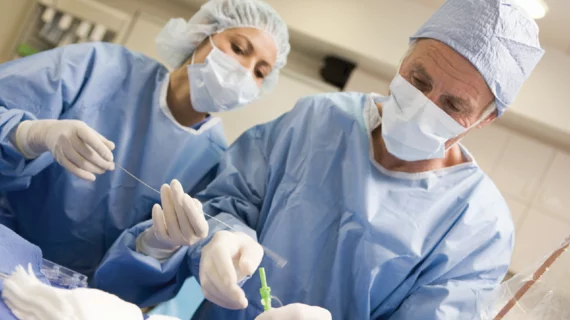Faster cath lab activation times make a big impact on patient care
Rapid reperfusion is linked to improved survival for STEMI patients, a point confirmed again and again by numerous studies and clinical guidelines. Delayed care is still prevalent, however, especially when the patient presents at a facility where percutaneous coronary intervention (PCI) is unavailable and transportation is required.
The authors of a new study in Circulation: Cardiovascular Quality and Outcomes focused on the importance of a fast cath lab activation times, noting that a time within 20 minutes was associated with PCI being completed within the national goal of 120 minutes or less.
The team tracked the outcomes of more than 2,000 STEMI patients who participated in the American Heart Association Mission: Lifeline Accelerator-2 Project. All patients were treated from April 2015 to March 2017 and required inter-hospital transfer.
Overall, the median cath lab activation time was 26 minutes for those patients. When the cath lab activation was within 20 minutes, patients had a median door-in door-out time of 40 minutes and median reperfusion time of 98 minutes. When activation was delayed, which occurred 60.2% of the time, the median door-in door-out time was 68 minutes and median reperfusion time was 135 minutes.
In addition, 80.1% of patients with an on-time activation were treated by primary PCI within the 120-minute goal; just 39% of patients with a delayed activation time were treated within that same goal.
“These data suggest that a goal of first door-in to cath lab activation time under 20 minutes should be prospectively tested as a metric to significantly improve device activation times for patients who require inter-hospital transfer for primary PCI,” wrote first author Michel Zeitouni, MD, MSc, Duke Clinical Research Institute, and colleagues.

